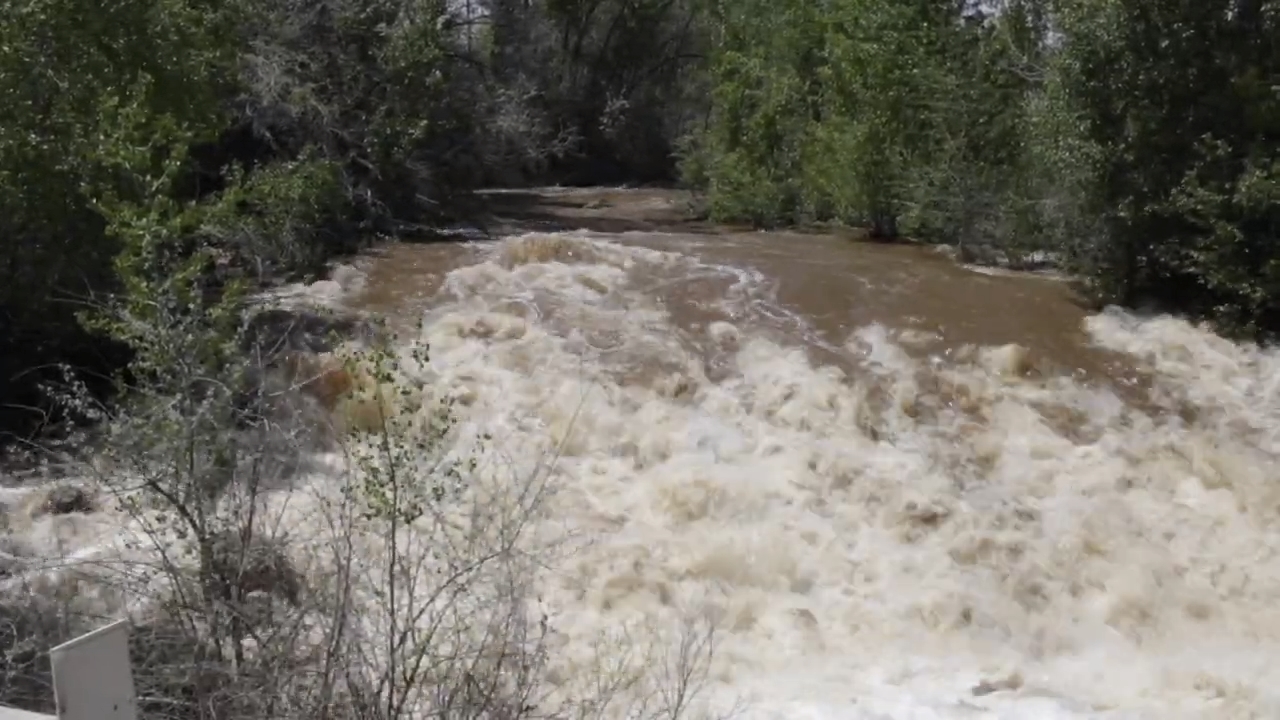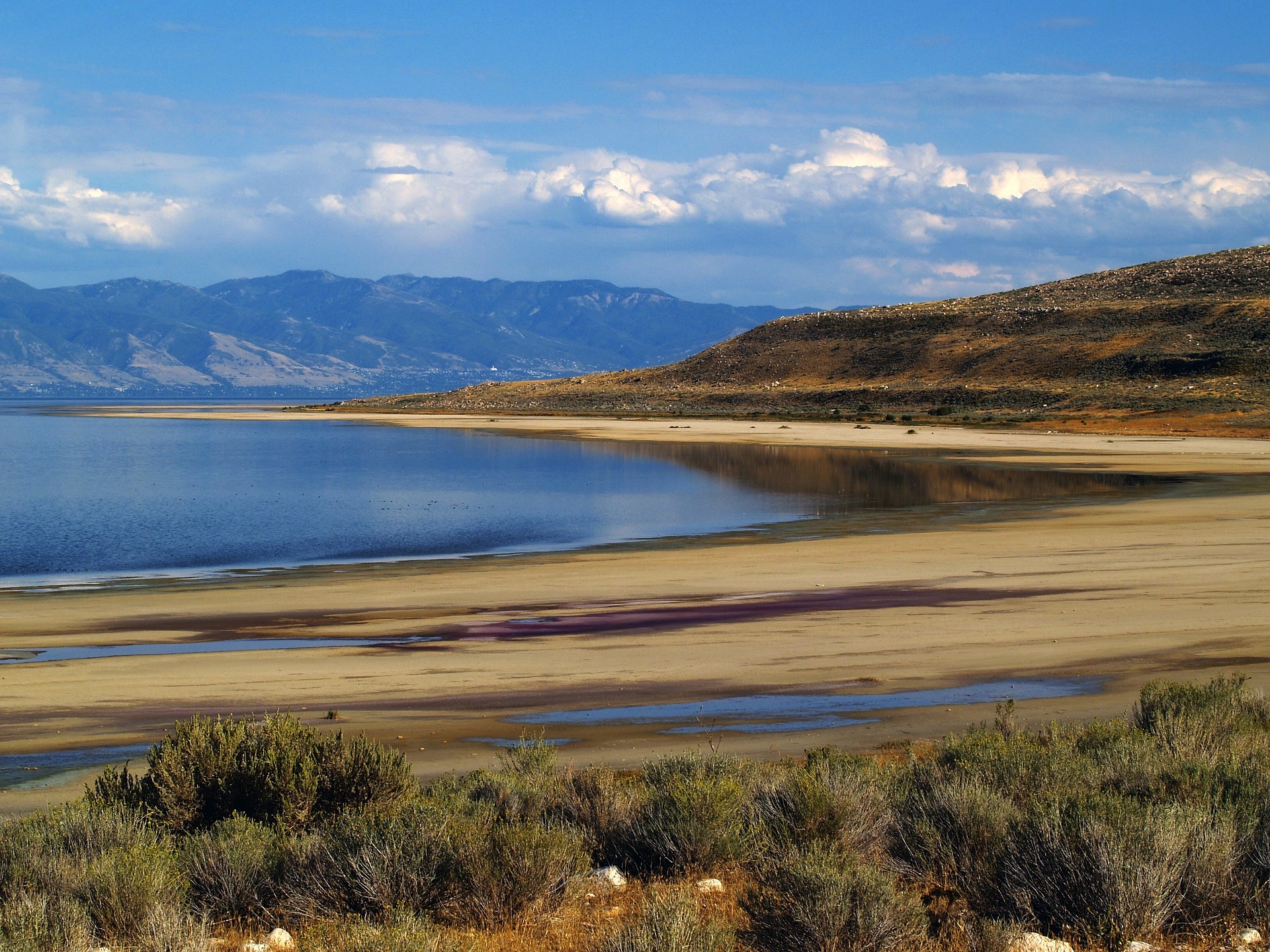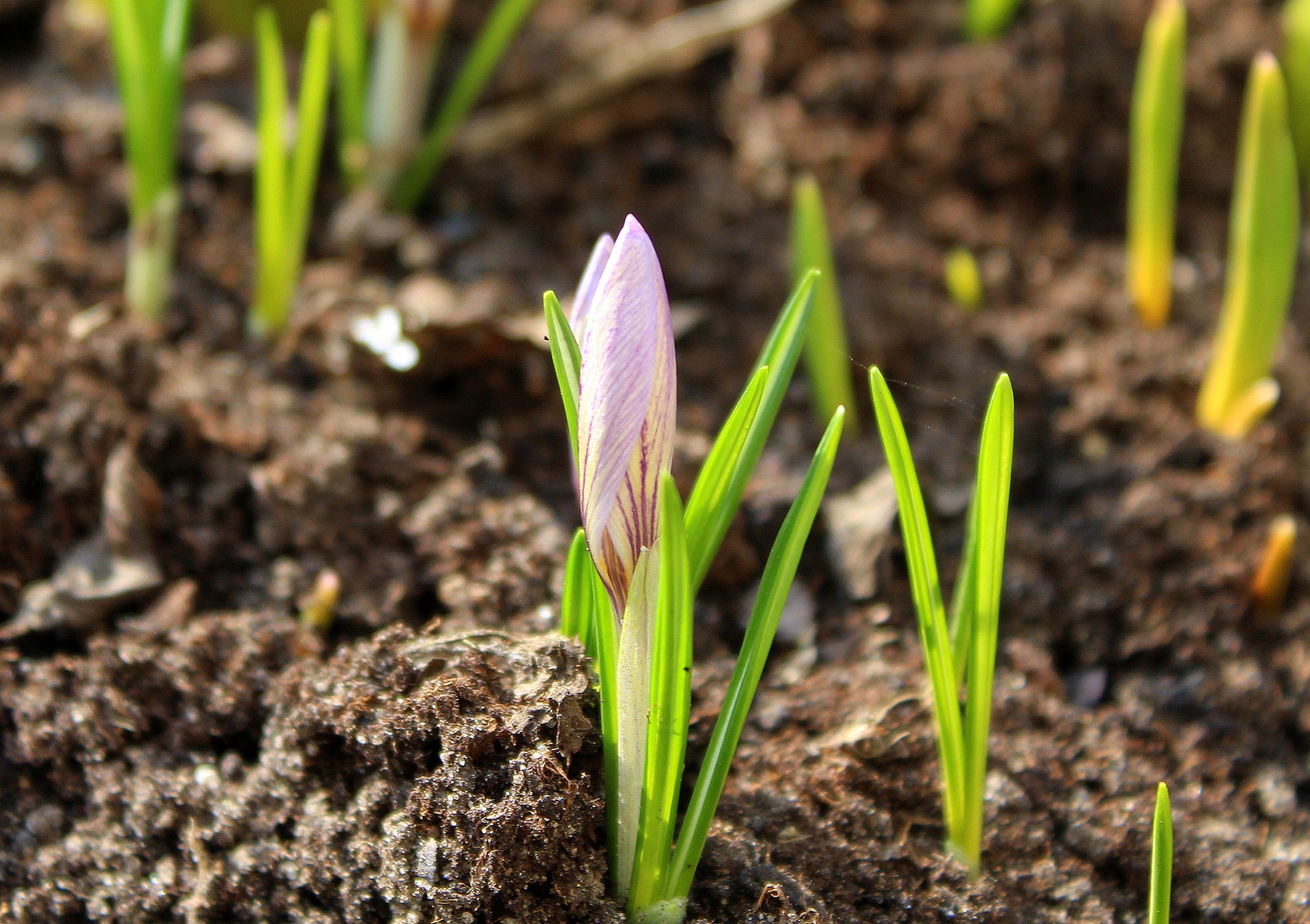
Click to view YouTube Video
Courtesy & Copyright Holly Strand, Photographer
Hi, I’m Holly Strand from the Utah Division of Emergency Management.
The roar you hear in the background is Ashley Creek flowing underneath Highway 191 in Vernal. Rivers and creeks all over the state have been running high with melted snow from the biggest snowpack ever recorded in Utah.
1983 was last time we had anything near this amount of snowmelt fueling our spring runoff. That year, there were multiple 100-year (and bigger) floods. The landslide in Thistle triggered Utah’s first presidential disaster declaration. For weeks, floods, landslides, and debris flows damaged homes, highways, and drainage canals. 22 of Utah’s 29 counties were affected.
This year—with a historic snowpack– it seems like we should be experiencing more 100-year floods or even 500-year floods. Even though only 40 years have gone by since 1983. It’s quite possible, because 100-year floods don’t happen just once every 100 years. They are just projected to happen every 100 years on average**
So did this year’s historic snowpack—more than in 1983–cause another round of 100-year floods? Hasn’t so far and doesn’t look like it will. There has been isolated flooding in some areas, and groundwater flooding, but we just aren’t seeing damage on the same scale that we saw 40 years ago. Why not?
For one thing, Utah communities took lots of mitigation measures in the wake of the 1983 floods. New debris basins were built, stormwater systems improved, river and watersheds were restored, and at-risk structures were flood-proofed. Communities also prepared their residents for floods with information and sandbags! But a big reason Utah didn’t suffer from 100-year or floods, is that the 2023 spring was absolutely ideal for moving water safely from the snowy, high elevations to the thirsty reservoirs and lakes below. Since peak snowpack in the beginning of April, there’s been a long gradual warming trend with no big storms. Stream flows have been consistently high for 2 months instead coming down all at once during a sudden long hot spell of 90 plus temperatures. We dodged a bullet this year thanks to mitigation, preparation and Mother Nature!
Thanks to Glen Merrill with the National Weather Service in Salt Lake City and to Tom Wright, hydrological engineer at AECOM for their expert knowledge.
I’m Holly Strand and I’m Wild About Utah and Utah Public Radio!
**A 100-year flood–has a 1% chance of happening each and every year on any given stream reach. Consider what happens when you roll dice. Let’s say you roll a double six. You could get double sixes on the very next roll. But over many, many, many rolls, you will average double sixes only once every 36 rolls. Similarly you could get a 100-year flood one year, and then the very next year you could roll another 100-year flood but there’s a 99% chance that you won’t. But averaged over a long time, like 1000s of years, a 100-year flood should happen—on average—once every 100 years. To make this concept clearer flood experts prefer to say 1% annual chance flood instead of 100-year flood.
Credits:
Images: Courtesy & Copyright Holly Strand, Photographer
Additional Audio: Holly Strand
Voice: Holly Strand
Text: Holly Strand, Utah Division of Emergency Management
Additional Reading: Holly Strand
Sources & Additional Reading
Wild About Utah pieces authored by Holly Strand
Some interesting sites for flood nerds:
Utah Flood Hazards and Floodplain Management, Utah Division of Emergency Management, https://floodhazards.utah.gov/
Colorado Basin River Forecast Center, National Weather Service, National Oceanic and Atmospheric Administration, US Department of Commerce, https://www.cbrfc.noaa.gov/lmap/lmap.php?interface=snow
NOAA ATLAS 14 Point Precipitation Frequency Estimates: UT, Office of Water Prediction (OWP), National Weather Service, National Oceanic and Atmospheric Administration, US Department of Commerce, https://hdsc.nws.noaa.gov/pfds/pfds_map_cont.html?bkmrk=ut
https://pubs.usgs.gov/gip/106/pdf/100-year-flood_041210web.pdf
Ashley Creek Flowing Underneath Highway 191, Vernal, UT
Courtesy & Copyright Holly Strand, Photographer




